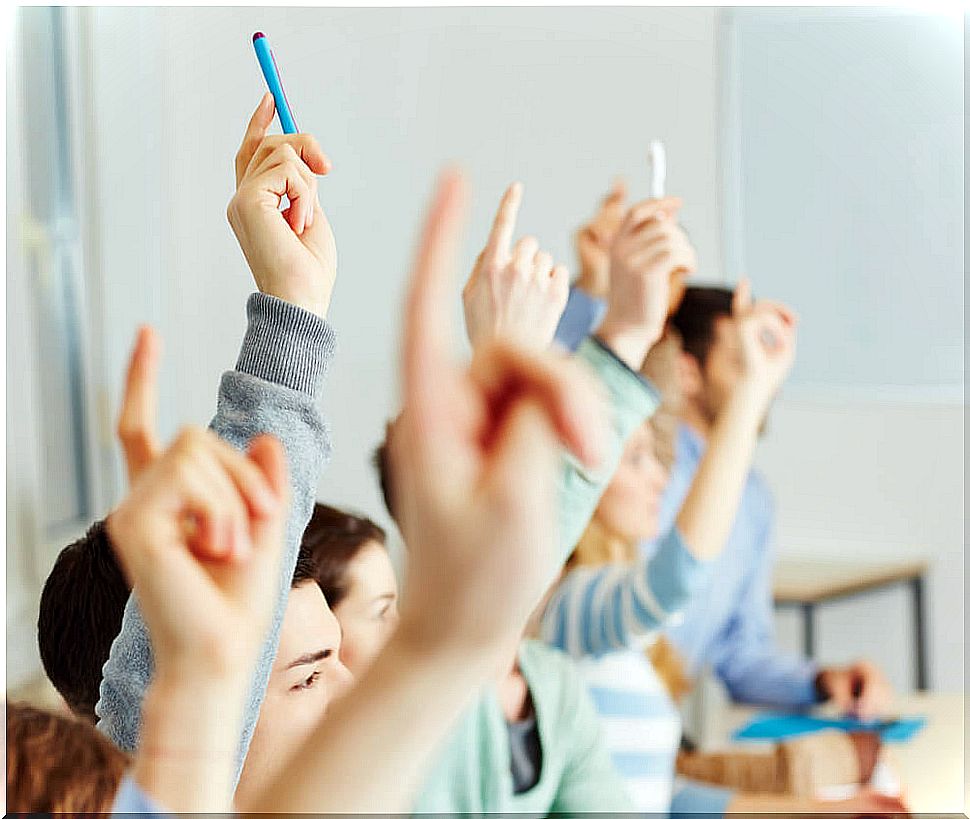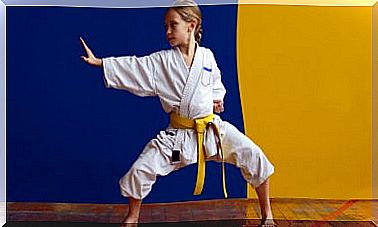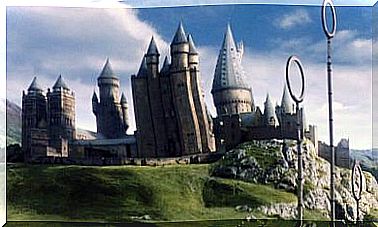The 4 Pillars Of Education According To UNESCO

Education locks up a treasure is the title given to the official UNESCO report, prepared by Jacques Delors and other authors in 1996, to address the issue of education and learning in the 21st century. This document sets out the 4 pillars of education. In this article we explain what they are and what each one of them consists of.
Thus, to understand each of these pillars, you must bear in mind that, in the new paradigm of education, it is considered that the main objective of the educational system is to achieve the comprehensive development of students.
The 4 pillars of education according to UNESCO
As we have mentioned before, currently, one of the most important objectives of the school is to encourage students to acquire and integrate various skills to:
- Individual development: cognitive, physical, affective, entrepreneurship (related to innovation and creativity), etc.
- Social development: communicative, civic, respect for the environment, etc.

Therefore, to achieve this end, according to UNESCO (United Nations Educational, Scientific and Cultural Organization), students need to have permanent training that is based on 4 basic educational pillars. These pillars are described below:
- Learn to know: refers to the fact of acquiring the ability to know, explore and understand the world. This is closely related to the competence of learning to learn.
- Learning to do: it consists of influencing one’s environment and dealing with various situations and problems, putting into practice what has been learned theoretically.
- Learning to live together: it refers to having enough social skills to live with all kinds of people in a peaceful and harmonious way. For which, you have to try to understand and respect others, demonstrating the values that one has.
- Learning to be: consists of developing all individual potentialities, acquiring the capacity for autonomy, judgment and personal responsibility. This pillar of education integrates the previous three.

The importance of the attitude of teachers to put into practice the 4 educational pillars
In this sense, to put into practice the 4 pillars of education, it is essential that teachers have a positive attitude and show a high degree of involvement. Thus, they must commit to changing their school habits and routines, replacing them with other pedagogical practices. These have to be in keeping with the times and adjust to the needs and characteristics of all the children in the classroom.
Therefore, teachers must understand that lectures or lectures in which they try to convey certain knowledge to students in a theoretical way are obsolete. This is because, today, an education is defended in which students are the protagonists of the teaching-learning process and develop their skills globally.
Ultimately, for all this to take place, teachers, in addition to knowing and mastering the topics and subjects covered in class, are required to acquire the capacities and abilities to structure, organize, monitor and continuously evaluate the learning of students and progress made.
Thus, in line with this, it is worth highlighting the following phrase from the famous Brazilian educator Paulo Freire, who considers that:










